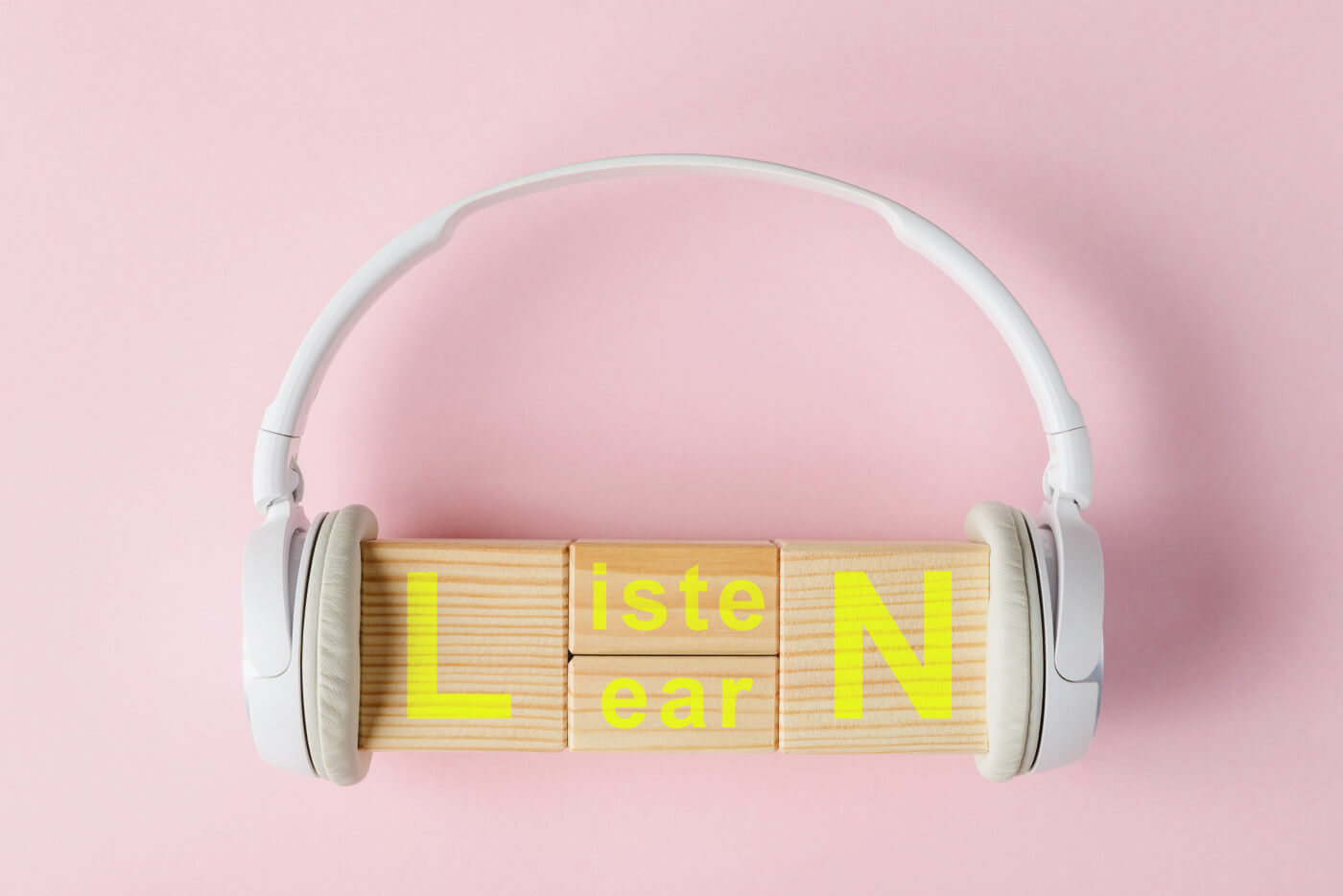The Kinaesthetic Learning Style - Characteristics and Study Strategies

Have you ever seen someone scribbling in their notebook while the teacher is explaining an idea or concept in class? You may have wondered if they were distracted, but what if they were listening attentively while moving around to help them retain information better? Learning does not happen uniformly across individuals. While people may learn and remember the same information, they do so in various ways. Today’s post explores the Kinaesthetic Learning Style – Characteristics and Study Strategies – to help you identify how best you learn and maximise your academic potential.
If you don’t identify as a kinaesthetic learner, we’ve also covered the visual learning style and the auditory learning style in previous posts.
What is Kinaesthetic Learning?
Kinaesthetic learners learn more effectively through ‘doing.’ For instance, while a child can read about riding a bike, physically practising it improves their ability. Kinaesthetic learning involves physical activities that enhance comprehension and retention by engaging the body. This approach works well in classes that include practical examples rather than just lectures. Activities like doodling or scribbling can also aid kinaesthetic learners in recalling information better.
Strengths of Kinaesthetic Learners
Understanding your strengths as a kinaesthetic learner can help you navigate learning challenges effectively:
- Enhanced comprehension through physical activities.
- Improved information retention through movement.
- Strong creative thinking abilities.
- Excel in performing arts.
- Skilled in solving complex puzzles and mazes.
- Active participation enhances knowledge acquisition.
- Adept at observations and sign language.
- Excellent at conducting experiments.
- Great hand-eye coordination, excelling in sports.
Interesting Fact:
Research shows cognitive development is linked to movement. Physical activity enhances blood flow to the brain, improving cognitive performance and learning.
Kinaesthetic Study Strategies
To improve your academic success as a kinaesthetic learner, try these strategies:
Use tactile materials:
Tools like Adobe Illustrator or CorelDraw can help you create diagrams, charts, and storyboards. However, balance these tools with actual studying.
Make flashcards:
The physical act of creating and using flashcards can improve retention and create a visual/movement-based schematic for your brain.
Use highlighters:
Highlighting or underlining key information with colored markers helps distinguish important content for better recall.
Use interactive approaches:
Engage in group activities like peer teaching or creating visual aids to explain concepts. These approaches reinforce learning through interaction and feedback.
- Expose yourself to diverse learning styles.
- Strengthen understanding by teaching others.
- Identify areas for improvement through feedback.
- Use movement-based activities to improve cognition.
Introduce rhythmic motions:
Incorporate subtle rhythmic actions, like clapping or snapping fingers, while learning. Keep them quiet to avoid distractions.
Move your body:
Change your study setting occasionally or take breaks to stretch or walk. Movement keeps the blood flowing, enhancing focus and retention.
Support for Kinaesthetic Learners
If you’re struggling academically, professional tutoring can provide tailored strategies and individualised instruction. This includes incorporating:
- Lectures, experiments, projects, and roleplaying.
- Movement-based tasks like quizzes and puzzles.
- Short study sessions with breaks for movement.
- Hands-on resources like flashcards and diagrams.
- Mnemonic devices for memory improvement.
How Can Teach Me 2 Help?
Teach Me 2 Tutors provide expert tutoring across high school subjects. Our tutors are thoroughly vetted and offer tailored, one-on-one online or in-person sessions to help you improve your learning potential.
We offer online tutors as well as tutors in Johannesburg, Pretoria, Durban, and Cape Town.
Related Articles

The Auditory Learning Style - Characteristics and Study Strategies
Have you ever wondered why different people perceive the same experience so differently? It's impossible not to. We’ll show you what distinguishes the auditory learning style from other types of learning styles. (read more)
Read More

Visual Learning Style - Characteristics and Study Strategies
We’ll show you what distinguishes visual learners from other types of learners and what study strategies they can employ to meet their academic needs. (read more)
Read More

How To Determine Your Child’s Learning Style
Did you know that everybody has a learning style? A learning style is simply how a person best learns and retains information.Do you often find yourself getting
Read More

We help families find their perfect tutor
Help your child improve their grades and get their confidence back.
GET A TUTOR